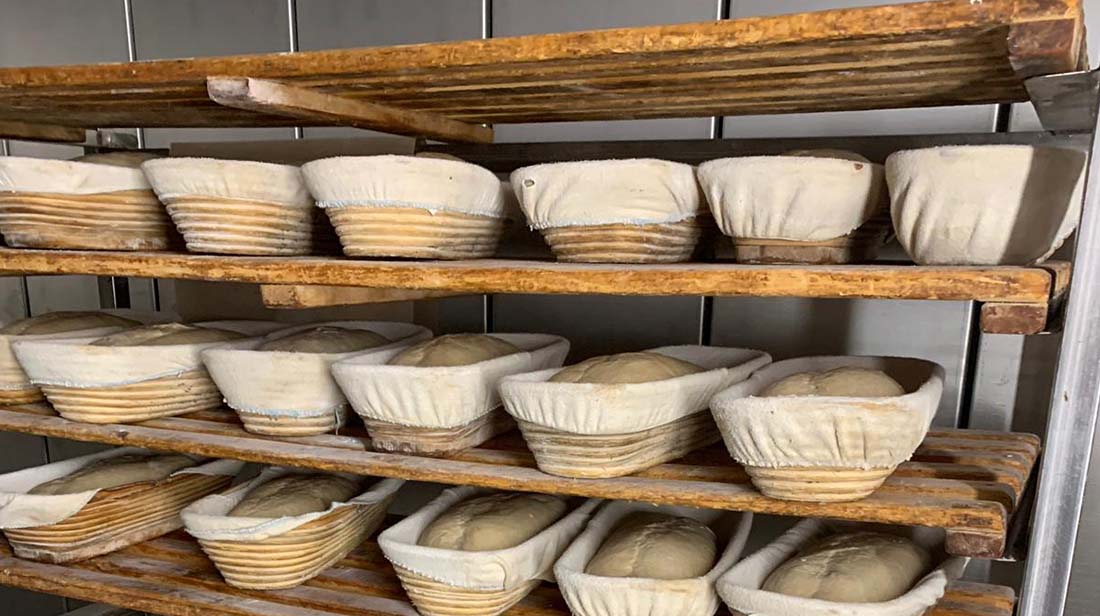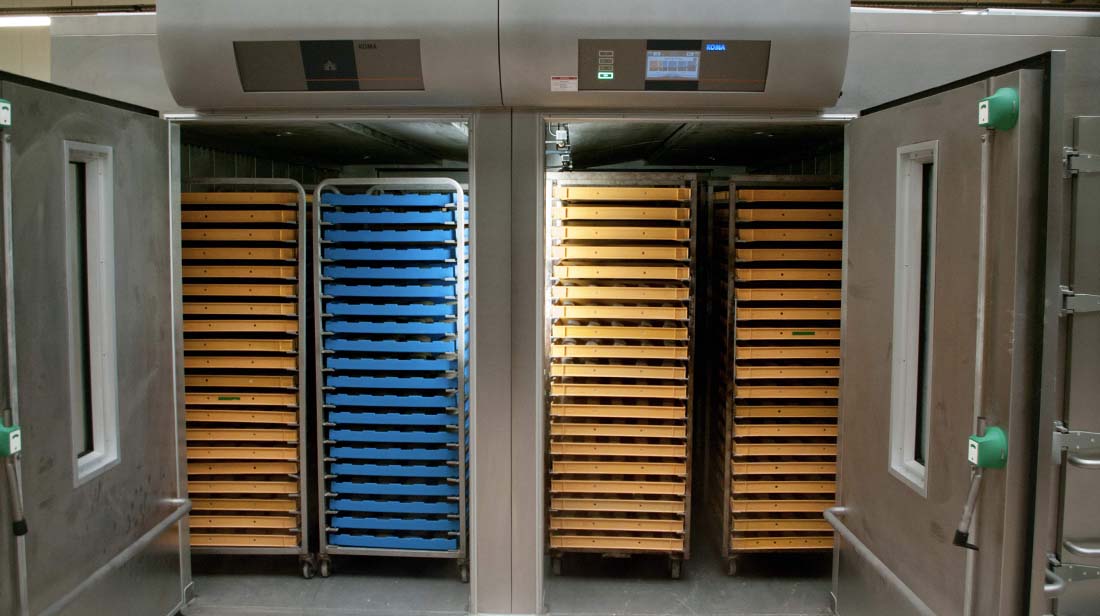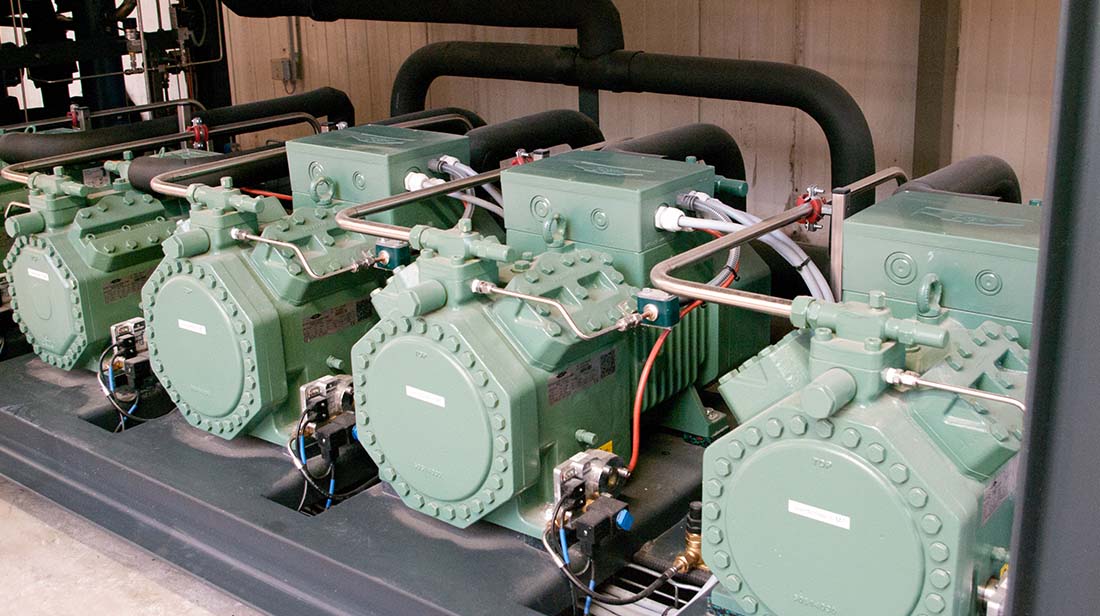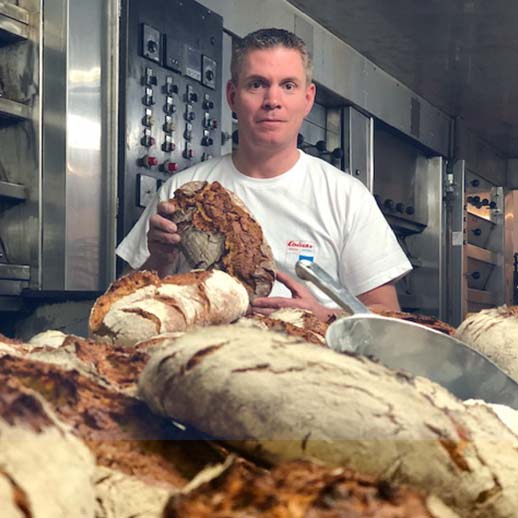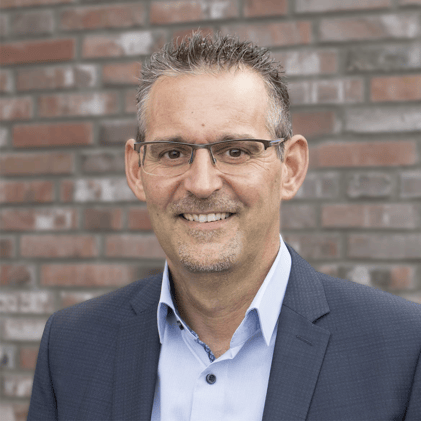Funding
The advantage when constructing a CO2 system is the funding options that are available on account of the energy-saving potential of the system. With the support of Andreas Kötter of energy consultancy Cuekk, they carried out the calculations and submitted the funding applications. Subsidies of 20 - 40% of the overall costs can be obtained, depending on the system, company, and other factors. This funding alone can cover the additional costs incurred by a CO2 system, but with the future-proofing that it can provide, it is worth spending more. For further information, see ‘Why CO2 industrial refrigeration?’ in the information box.
Improving the plans
The original plans by Ebäcko were largely adopted, but in liaison with both the contractor and technical advisor Markus Heuermann of Ebäcko Münster, were expanded further and optimized based on the experiences of planners at KOMA. ‘The changes all made sense,’ explains Brinkert. ‘We quickly concluded that we were working with real professionals.’ One of Brinkert’s aims was for the new refrigeration systems to use less energy than the old systems. The medium-term goal is to increasingly shift overnight work to daytime hours. This will not only reduce the need for unsociable night-time work but will also allow the photovoltaic systems mounted on the roof of the production hall to supply some of the power needed at times of higher load, e.g. when loading the systems and cooling products. 100% of the electricity required for daily production is currently provided by the expanded photovoltaic system.
